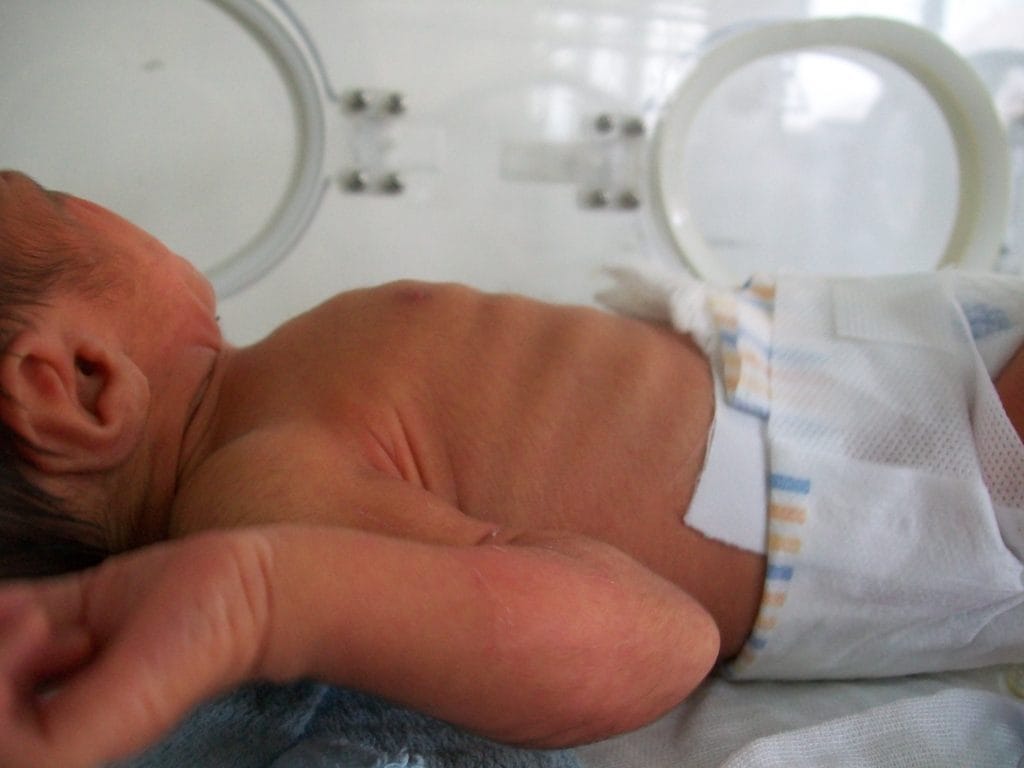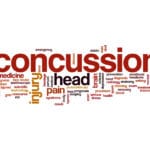Seesaw respirations, also known as paradoxical respiration, are a serious medical sign characterized by the abnormal movement of the chest and abdomen during breathing. Instead of rising together during inhalation, the abdomen rises while the chest sinks. This concerning pattern signals respiratory distress and requires prompt medical attention. This comprehensive guide explores the causes, symptoms, diagnosis, treatment, and prognosis of seesaw respirations in both infants and adults.
Decoding the Mechanics of Seesaw Breathing
Seesaw respirations represent a reversal of the normal breathing process. Understanding the mechanics involved is crucial for recognizing and responding to this condition.
How Seesaw Respirations Occur
Normally, the diaphragm, the primary muscle involved in breathing, contracts and moves downwards during inhalation. This creates negative pressure within the chest cavity, allowing the lungs to expand and draw in air. Simultaneously, the chest wall expands outwards. However, in seesaw respirations, this coordinated action is disrupted.
When the airway is obstructed, the diaphragm’s downward movement against the blockage causes the abdomen to rise. However, because air cannot easily enter the lungs due to the obstruction, the negative pressure in the chest pulls the chest wall inwards, creating the characteristic “seesaw” effect. This paradoxical movement indicates a significant struggle to breathe and necessitates immediate medical evaluation.
Identifying the Root Causes
Several factors can contribute to seesaw respirations. Identifying the underlying cause is essential for effective treatment.
Airway Obstruction
The most common cause, particularly in infants and children, is airway obstruction. This blockage can result from various factors, including:
- Foreign objects: A child may inhale a small toy, food particle, or other object, lodging it in their airway.
- Mucus plugs: Thick secretions, common during respiratory infections, can obstruct the airways, especially in infants and young children.
- Swelling (inflammation): Allergic reactions, infections like croup and epiglottitis, or trauma can cause swelling in the airways, restricting airflow.
- Anatomical abnormalities: Certain congenital conditions can cause narrowing or blockage of the airways.
Respiratory Muscle Fatigue
In adults, respiratory muscle fatigue is a significant contributor to seesaw respirations. Conditions such as chronic obstructive pulmonary disease (COPD) weaken respiratory muscles, making it difficult to maintain normal breathing patterns. This fatigue can lead to the paradoxical movement of the chest and abdomen as the body struggles to breathe.
Thoracic Trauma
Trauma to the chest, specifically flail chest (multiple rib fractures creating an unstable segment of the chest wall), can disrupt the normal mechanics of breathing. The unstable portion of the chest wall moves paradoxically — inwards during inhalation and outwards during exhalation — contributing to the seesaw pattern.
Recognizing the Signs and Symptoms
Seesaw respirations themselves are a visual diagnosis, but other accompanying signs and symptoms often appear and can indicate the severity of respiratory distress:
- Increased respiratory rate (tachypnea): The individual breathes much faster than normal.
- Nasal flaring: The nostrils widen with each breath as the body attempts to take in more air.
- Grunting: A grunting sound may be heard with each exhalation as the body tries to keep the airways open.
- Tracheal tug: The area below the Adam’s apple appears to be pulled downwards with each breath.
- Cyanosis: A bluish discoloration of the skin, particularly around the lips and fingertips, indicates a lack of oxygen. This is a late and serious sign.
- Retractions: The skin between the ribs (intercostal) and below the ribs (subcostal) appears to be sucked inwards with each breath, indicating increased effort to breathe.
- Use of accessory muscles: The neck and abdominal muscles are visibly engaged in the effort to breathe.
Diagnosing and Treating Seesaw Respirations
[https://www.lolaapp.com/staar-reference-sheet] may be helpful for background information. While visual observation often confirms the presence of seesaw respirations, determining the underlying cause requires further investigation. Diagnostic procedures can include:
- Physical examination: A thorough examination can reveal associated signs and symptoms, providing clues to the underlying cause.
- Chest X-ray: An X-ray can help identify foreign objects, infections, or trauma to the chest.
- Blood tests: Blood tests can detect infections or other underlying medical conditions.
- Bronchoscopy: A thin, flexible tube with a camera is inserted into the airways to visualize any obstructions or abnormalities.
Treatment for seesaw respirations focuses on addressing the root cause:
- Airway clearance: Removing foreign objects, suctioning mucus, or administering medications to reduce swelling can restore airflow.
- Oxygen therapy: Supplemental oxygen may be necessary to improve oxygen levels in the blood.
- Ventilatory support: In severe cases, mechanical ventilation (using a machine to assist breathing) may be required.
- Treating infections: Antibiotics or steroids may be prescribed for infections like pneumonia or croup.
- Managing underlying conditions: Addressing conditions like COPD or flail chest can improve respiratory function and reduce the likelihood of seesaw respirations.
Prognosis and Prevention
The prognosis for seesaw respirations depends on the underlying cause and how quickly it is treated. Early intervention generally leads to a better outcome.
Preventive measures can help reduce the risk of seesaw respirations, especially in infants and children:
- Safe sleep practices: Placing infants on their backs to sleep on a firm surface without loose bedding can reduce the risk of Sudden Infant Death Syndrome (SIDS) and airway obstruction.
- Choking prevention: Keeping small objects out of reach of young children is crucial to prevent choking.
- Managing chronic respiratory conditions: Proper management of conditions like COPD can minimize respiratory muscle fatigue and the risk of seesaw respirations.
- Prompt medical attention for chest injuries: Seeking immediate medical care for chest injuries can prevent complications like flail chest.
Distinguishing Seesaw Respirations from Other Breathing Patterns
Seesaw respirations are distinct from other abnormal breathing patterns, such as:
- Kussmaul breathing: Deep, rapid breathing often associated with metabolic acidosis (e.g., diabetic ketoacidosis).
- Cheyne-Stokes respiration: A cyclical pattern of breathing characterized by alternating periods of deep, rapid breathing and apnea (no breathing).
Understanding these differences is essential for accurate diagnosis and appropriate management. For a deeper understanding of subatomic particles, consider exploring our subatomic particle crossword.
Conclusion
Seesaw respirations are a critical indicator of respiratory distress that demands immediate medical attention. While it is often a symptom of a more serious underlying condition, recognizing this breathing pattern, along with its associated signs and symptoms, can lead to timely intervention and improved outcomes. By understanding the mechanics, causes, and treatment options for seesaw respirations, individuals can be better equipped to respond to this medical emergency and seek appropriate care. This information is for educational purposes only and does not substitute professional medical advice. Always consult a healthcare professional for any health concerns.
- Unlock Elemental 2 Secrets: Actionable Insights Now - April 2, 2025
- Lot’s Wife’s Name: Unveiling the Mystery of Sodom’s Fall - April 2, 2025
- Photocell Sensors: A Complete Guide for Selection and Implementation - April 2, 2025
















